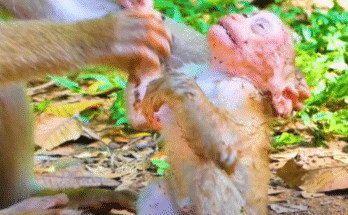As urban areas expand into natural habitats, interactions between humans and wildlife are becoming more frequent—and often more dangerous. One increasingly common consequence is the electrocution of monkeys on exposed power infrastructure.
In many developing urban regions across Asia and Africa, monkeys—especially adaptable species like macaques and langurs—have found themselves living alongside humans. With forest cover dwindling, these animals navigate the cityscape using poles, wires, and rooftops. Unfortunately, these improvisational routes can turn deadly.
Electrocution occurs when monkeys accidentally complete a circuit by touching live wires or transformers. The results are often fatal, with animals suffering severe burns, nerve damage, or falling injuries. Even those who survive may live with chronic pain or paralysis.
Reports of such incidents have risen significantly over the past decade. According to wildlife NGOs, hundreds of monkeys die each year from electrocution in countries like India, Sri Lanka, and Kenya. Many of these areas lack insulated wiring or wildlife-friendly infrastructure.
In response, some cities have begun to implement safer designs. Conservationists work with utility companies to insulate wires and install protective barriers around transformers. Tree corridors are being planted to reconnect fragmented habitats and reduce the need for animals to travel through urban zones.
Still, experts agree that more proactive planning is needed. Integrating wildlife considerations into urban design—from zoning laws to electrical safety standards—could help reduce such tragedies. Ultimately, these efforts reflect a growing recognition: as we reshape landscapes for human use, we must also protect the lives that were there long before.



